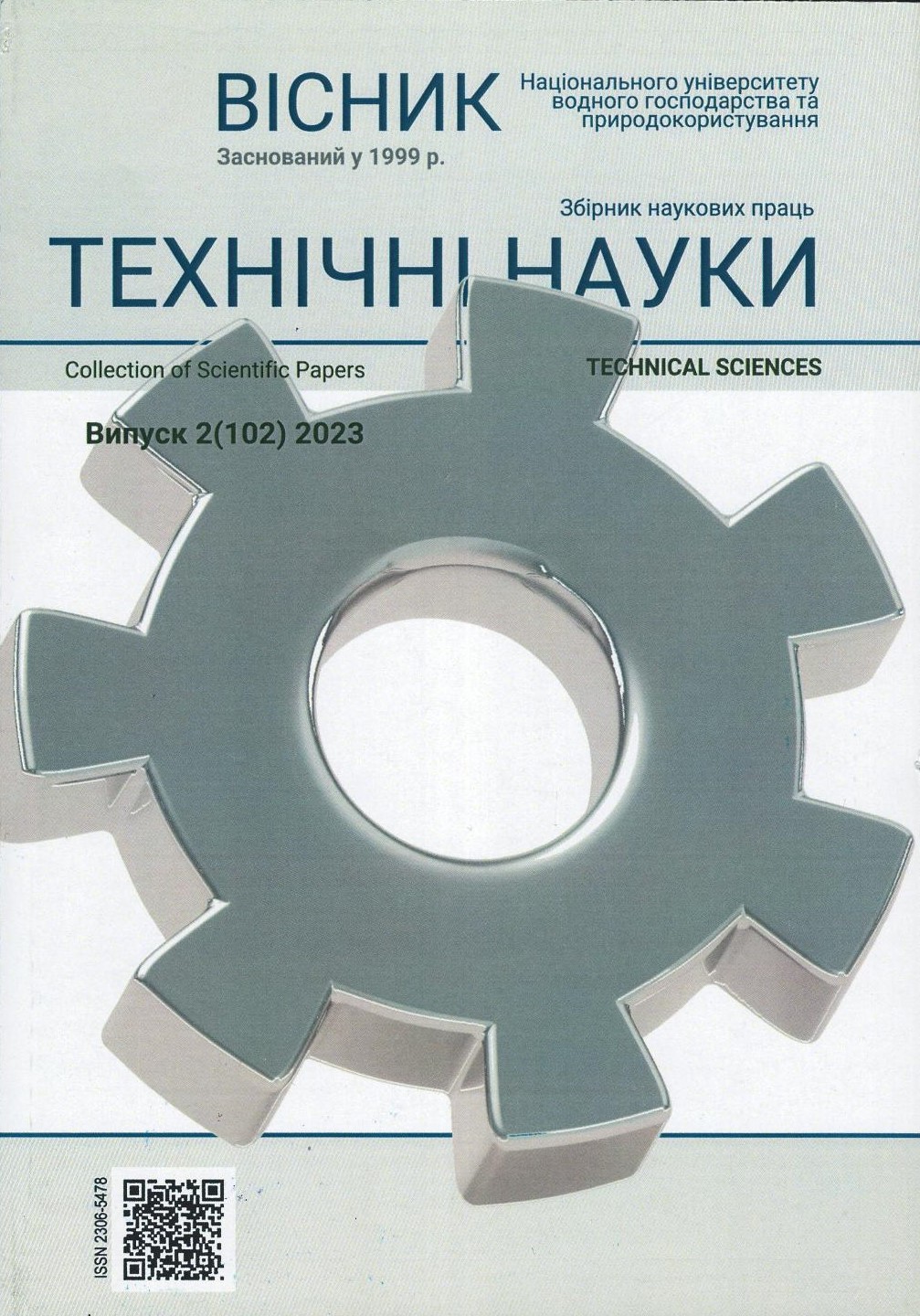ARCHITECTURAL IMAGE OF 1945-1950S RESIDENTIAL BUILDINGS IN WESTERN UKRAINE CITIES (ON THE EXAMPLE OF RIVNE, LUTSK, TERNOPIL AND IVANO-FRANKIVSK)
DOI:
https://doi.org/10.31713/vt2202342Abstract
The article is devoted to the study of 1945-1950s residential architecture in Western Ukraine cities. In the studied period, the cities of Ukraine needed large-scale reconstruction after the destruction caused during the Second World War. The reconstruction began with city centers. As part of the so-called "socialist reconstruction", a number of urban transformations took place. New architectural ensembles were created, which included public buildings and residential buildings.On the example of residential buildings in Rivne, Lutsk, Ternopil and Ivano-Frankivsk, the architectural image of studied period buildings is determined. Residential buildings of the 1945-1950s on the territory of the studied cities are classified: according to the number of floors (low-rise (1-2 floors) and medium-rise (3-5 floors), rarely - high-rise (more than 5 floors); by design – individual projects and implementation of typical projects; according to the architectural decision – «festive» and «non- festive». Implementations of typical and individual projects on the territory of the studied cities are considered. The specifics of architectural solutions of 1945-1950s residential buildings depending on their location in the urban structure are established.Residential buildings built according to individual projects played a decisive role in shaping the architectural face of the city. As a rule, they were built on sites responsible from the urban planning point of view with good visibility from the side of the central or other important city street/square.Low-rise residential buildings were examples of ordinary residential buildings and were built exclusively according to typical projects, outside the city center. The simplification of residential buildings facades during the construction process, their loss of decorative elements characteristic of Soviet neo-historicism also occurred in connection with the completion of construction after the introduction of the Resolution on the elimination of architectural "excesses".Downloads
Published
2023-12-01
Issue
Section
Статті

